Breaking Boundaries: Navigating Regulation in the World of Innovation
Regulation in the Realm of Science
The world of science thrives on experimentation and exploration. Innovators are constantly pushing boundaries, aiming to discover new possibilities and solutions to age-old problems. However, with such ambition comes the challenge of regulation. Scientists must navigate a maze of rules and standards that ensure ethical practices, safety, and transparency. While these regulations are crucial for maintaining public trust, they can also stifle creativity and slow down the pace of groundbreaking research.
Imagine a brilliant scientist with a groundbreaking idea trapped in the bureaucratic web of approval processes. As they face endless forms and compliance checks, the dream of changing the world feels like it’s slipping through their fingers, weighed down by the regulation that is meant to protect us all.
Technology: The Dual-Edged Sword
In the fast-paced world of technology, innovation often leads to disruptive advancements that can benefit society immensely. However, the rapid development of new technologies, from artificial intelligence to biotechnology, raises significant regulatory questions. How do we harness the benefits of these innovations while ensuring that they are safe, ethical, and equitable?
Tech innovators find themselves at a crossroad; they must be forward-thinking and agile, yet also grounded in the realities of compliance. Each breakthrough comes with a burden of responsibility to adhere to regulations that can often lag behind the speed of innovation. For many, the struggle lies in balancing ambition with accountability, and this duality shapes the technological landscape.
Workplace Culture: A Balancing Act
The workplace culture within innovative companies greatly influences how teams approach regulation. A culture that encourages open dialogue about compliance can transform regulation from a burden into a driver of creativity. When team members feel empowered to discuss regulatory challenges, it fosters an environment where innovative ideas can flourish within a framework of responsibility.
Yet, when regulation is viewed solely as an obstacle, it can lead to a fear-driven culture. Employees may hesitate to push boundaries, stunting both individual growth and collective advancement. Forward-thinking workplaces must champion a mindset that sees regulation as an integral part of the innovation process—one that helps guide visionary ideas toward meaningful impact.
Navigating the Regulatory Landscape
To break through the constraints of regulation, innovators must equip themselves with knowledge and adaptability. Staying informed about current laws and emerging trends is essential. Collaborating with regulatory bodies can lead to a more harmonious relationship where innovation thrives, and regulations evolve appropriately.
The journey through innovation, science, and technology is not without its challenges, but with a proactive approach to regulation, the possibilities are limitless. By embracing this delicate balance, innovators can cultivate a future that honors both creativity and accountability, paving the way for advancements that resonate throughout society.



